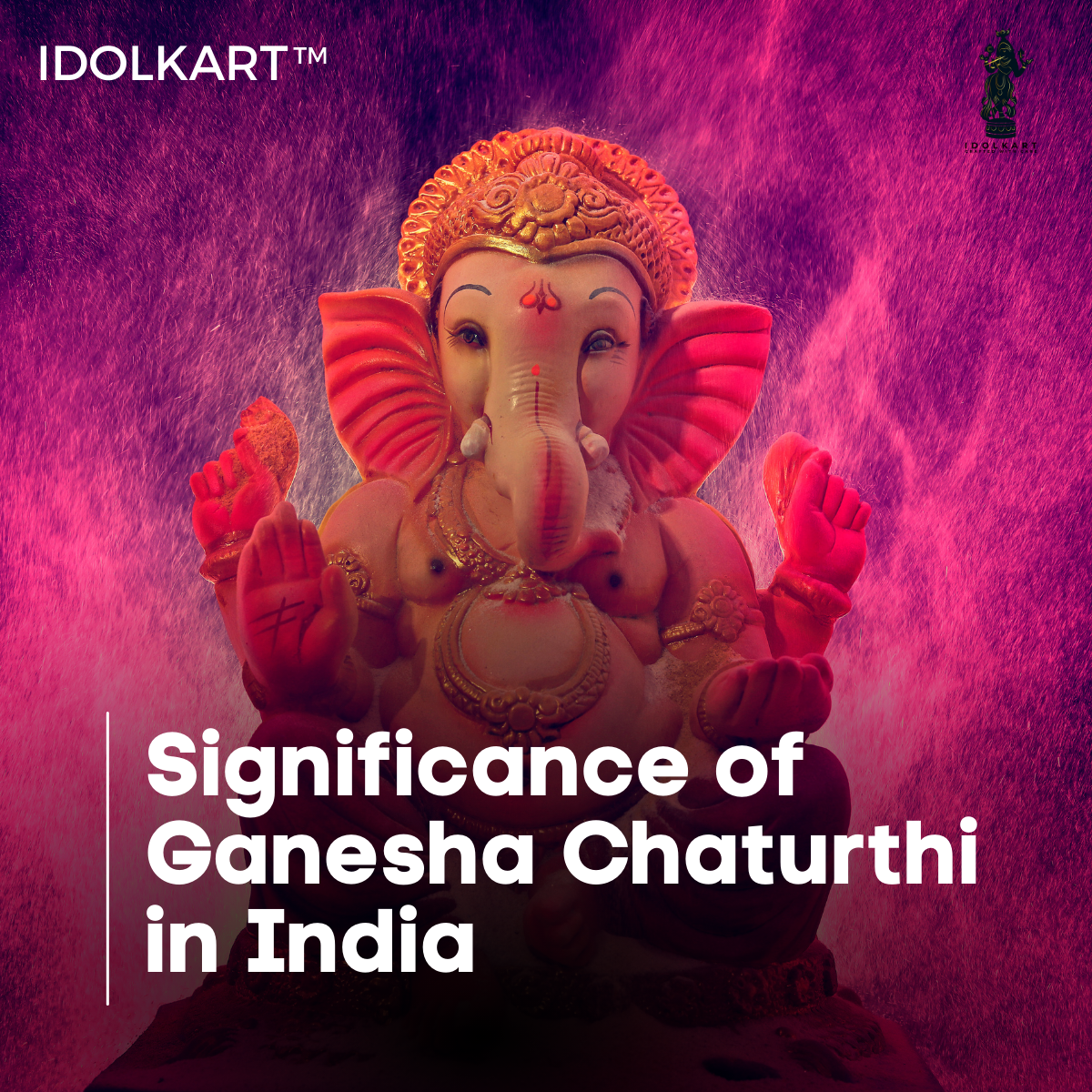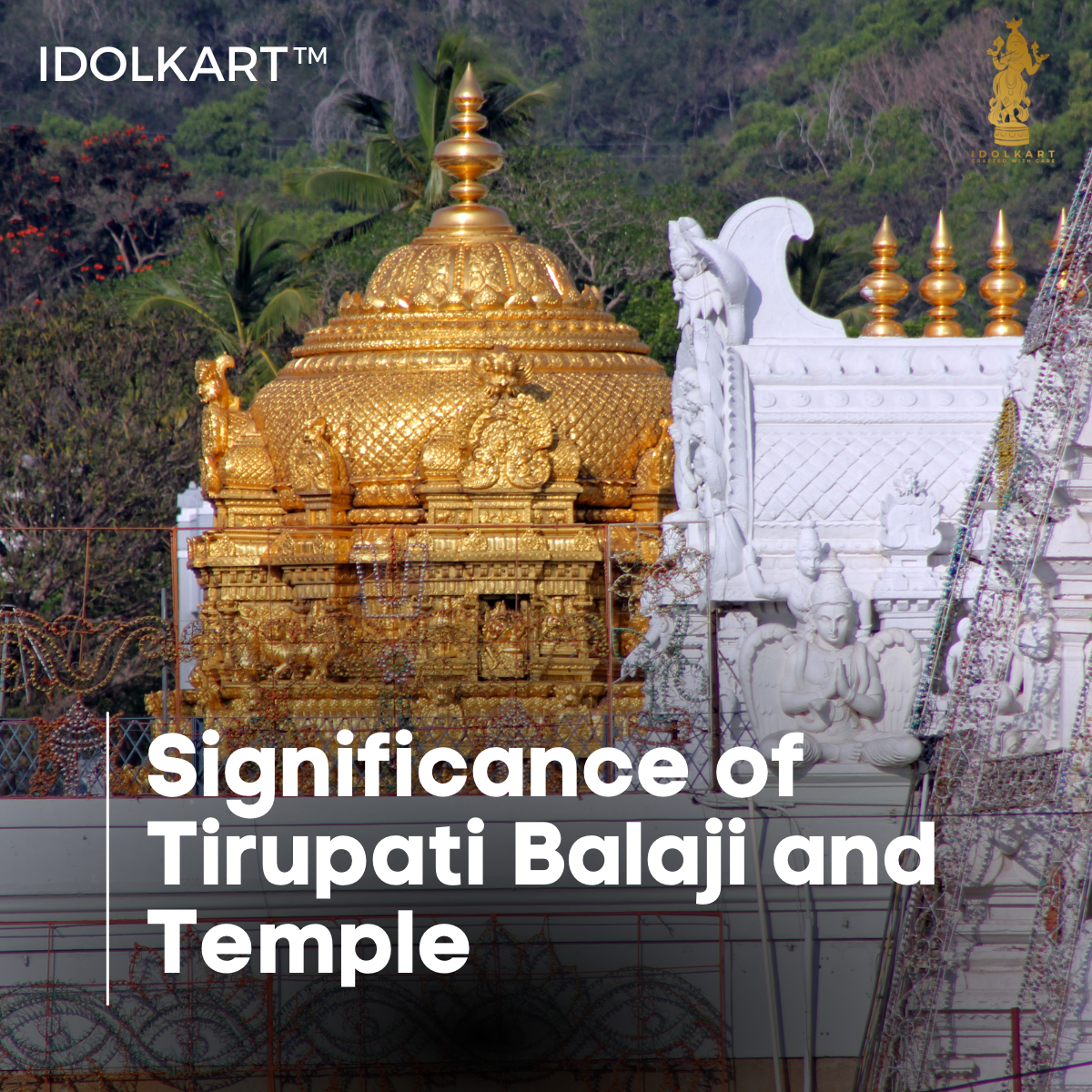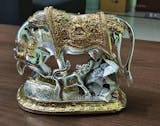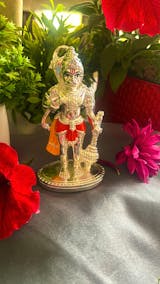India's forte lies in its diverse culture and heritage. Unlike many countries, India is a nation where people following different religions and traditions live under one roof. The number of developments and modern lifestyles has never changed the traditions possessed by each state of the country. Being rich in culture, the wide range of festivals celebrated in India is one of its main attractions. The festivals celebrated here are associated with colours, food, rituals, music, and more. Some of the most renowned and foremost festivals celebrated in different parts of India are Diwali, Holi, Ganesh Chaturthi, and Pongal.
Ganesh Chaturthi, or Ganesh Utsav, is a 10-day Hindu festival to honour the birth of Ganesha, the elephant-headed god of wisdom and prosperity. The auspicious festival occurs once a year during the Bhadra month (mid-August to September). In 2023, the celebration will begin on Tuesday, September 19th.
Let's find the roots and dive more into the details before we celebrate.
A Peek into History: Why Ganesh Chaturthi is Celebrated?
Ganesh Utsav, also called Vinayak Chaturthi, has been celebrated since the 17th century, during the Maratha Empire and the rule of Chhatrapati Shivaji Maharaj. But do you know what made the festival popular and remarkable?
In the 19th century, during British colonial rule, Indians were not allowed to attend political meetings and public gatherings. So, to protest them, Lokmanya Bal Gangadhar Tilak took the initiative to convert the private family celebration into a grand public event. His patronage made people place Ganesh Idols in public places by conducting rituals and cultural activities and celebrating them.
Tilak found an opportunity to bring people together through the Ganesh festival. The goal behind encouraging the festival was to oppose British rule by fostering the nation’s identity and unity. He chose this auspicious festival to raise social and political awareness and motivate people from diverse backgrounds with no economic barriers to gather together and celebrate the festival. The Ganesh Chaturthi history tells us that this is a festival of unity and togetherness, and the same spirit has been followed to date in many parts of India.
In current times, the festival of Ganeshotsav has evolved. Artisans use modern techniques to create stunning clay idols of Lord Ganesha with intricate details and lifelike expressions. The pandals, where these idols are placed, have digital displays and artistic installations along with the flowers and lights that usually adorn them. The younger generation is also more involved in this festival. They share their experiences, prayers, and artistic creations on various digital platforms, connecting this festival with a global audience. Various cultural events, music concerts, and charitable activities are organised during the festival, promoting a spirit of togetherness that extends beyond religious boundaries.
Ganesh Chaturthi 2023
For those wondering when is Ganesh Chaturthi in 2023, the calendar points to September 19 as the date to welcome Lord Ganesha into your homes. The ideal time for performing the Ganesh Sthapana ritual is between 11:00 a.m. and 01:28 p.m. Here we have listed the Ganesh Chaturthi 2023 date and timings that will help you plan your celebrations better:
- Ganesh Chaturthi 2023 Start and End Date: September 19 and September 28.
- Ganesh Chaturthi 2023 Shubh Muhurat: 11:00 a.m. to 1:28 p.m. on September 19, 2023.
- Time to Welcome Lord Ganesha Home on Chaturthi Tithi: 12:39 p.m. on September 18- 1:43 p.m. on September 19.
How is Ganesh Chaturthi Celebrated In Different Places?
Now that you know the origin of the festival and when to celebrate it in 2023, let's go deeper to learn how people celebrate it in India.
Since there are gobs of Lord Ganesha devotees in India, it has become one of the most renowned Indian festivals for Hindus. Madhya Pradesh, Maharashtra, Karnataka, Gujarat, Andhra Pradesh, Goa, Tamil Nadu, and Kerala are some of the states that celebrate Ganesh Chaturthi. However, the different regions of the country possess unique traditions. So, you might find a difference in the way people worship or celebrate Lord Ganesha. Here’s how:
- Maharashtra: In Mumbai, Maharashtra, the vibrant celebration of Ganesh Chaturthi involves beautifully adorned pandals and idols of Lord Ganesha. People prepare clay idols, prioritise organic choices, and partake in cultural events, rituals, and music during the 10-day festival. It concludes with a grand procession for idol immersion in the Arabian Sea, accompanied by chanting “Ganapati Bappa Morya.”
- Goa: In Goa, Ganesh Chaturthi, locally known as Chovoth, is celebrated with a matoli setup where the idol is worshipped through bhajans, aartis, and pujas. Sweets like modak and neuri, as well as savoury treats, are shared. The festival features special vegetarian meals, and it culminates with the idol's immersion in the waters of Goa.
- Tamil Nadu: In Tamil Nadu, people gather in temples and communities to sing and dance in praise of Ganesha. They also decorate their houses with colourful rangolis or flowers.
- West Bengal: In West Bengal, people attend or join plays, music concerts, and other cultural activities. They also make rangolis and clay lamps in their homes for Ganesh Chaturthi decoration.
- Kerala: In Kerala, the festival is called Vinayaka Chaturthi and is observed during the Chingam month, which marks the beginning of the Malayalam Calendar year. Due to this unique calendar, the celebration may occur a month earlier than in other states.
- Andhra Pradesh: In Hyderabad, Andhra Pradesh, worshippers gather to admire the impressive Khairatabad idol, among the tallest Ganesha idols erected during the festival. The celebration concludes as this magnificent idol is immersed in Hussain Sagar Lake.
- Karnataka: In Karnataka, the festival commences with the worship of Goddess Gauri, Lord Ganesha's mother. Celebrations are widespread in various temples, and many seek blessings from both mother and son. Women, especially, pray to Goddess Gauri for enduring and joyful married lives.
Ganesh Utsav at Homes
As said above, people celebrate this festival in different ways. Generally, in most parts of the country, Ganesh Utsav is celebrated for 10 days, followed by the immersion of the Ganesh idols into water bodies. People in Maharashtra celebrate by bringing an idol of Lord Ganesha to their homes for 10 days. They perform rituals and conduct worship sessions. The Marathi aarti, created by Sant Ramdas in the 17th century, is sung during the sessions to honour Lord Ganesha. They offer flowers and young grass during the sessions.
Preparing delicacies such as Karanji and Modak are the major sweet highlights of Ganesh Utsav. It is based on the family's decision about when to end the festival and conduct the Visarjan (Submerging the Ganesh idol into water bodies). They place the idols for worship in their homes for one to 10 days. People in Maharashtra also follow Hartalika, which is conducted with a fast by women before Lord Ganesha arrives at your home.
At the same time, this celebration might vary in other places, such as Goa. According to Konkani culture, people worship both Lord Shiva and Goddess Parvathi, and women fast. During the worship sessions, instruments such as two-headed drums and crash cymbals are played. The Ganesh Utsav is followed by the Navyachi Pancham. During this ritual, people bring newly harvested rice grain from the field or temple, offer it to Lord Ganesha, and worship it.
In Tamil Nadu, people call this festival Vinayaka Chaturthi, whereas, in Kerala, it is said to be Lamboodhara Piranalu.
Ganesh Utsav as a Public Occasion
Other than celebrating the festival at home, Ganesh Utsav is a great celebration where people from various backgrounds gather together to cherish it greatly. It is organised and conducted by local groups and clubs of people like youth, businessmen, and others. People raise funds from the public and seek donations from businessmen or rich people. The large Lord Ganesha statue had been placed in public places, grabbing the attention of the crowd. This ceremony will be followed by cultural activities, making it more auspicious. People also chose this as a better opportunity to conduct free medical checkups, blood donations, food distribution to the poor, offer sweets, and more.
However, in Thiruvananthapuram, a famous temple called Pazhavangadi Ganapathy Temple conducts a parade march from the temple to Shanmukham Beach.
But surprisingly, you might have noticed people outside India celebrating Ganesh Utsav due to the wide range of Indian migration to other countries. It proves that no matter where Indians go, they try to keep up their traditions and follow their celebrations.
Significance of Ganesh Idols
A month before Ganesh Utsav, people start rushing to search for and buy the best Ganesh idols for home and public occasions. It is an idol representing Lord Ganesha. These idols are created or sculpted using materials such as Clay, Plaster, Stone, Metal, etc. These Ganesha statues are available in different sizes, forms, and colours in an attractive way.
These idols are mostly used for rituals and ceremonies of worship in homes, temples, and even spiritual places. Most people, or Ganesh devotees, believe that having a statue of Lord Ganesha brings prosperity and good luck to their lives.
Make your Occasion More Special (Final Words)
Different regions in India celebrate Ganesh Chaturthi with their distinct traditions, from Mumbai's grand pandals to Tamil Nadu's vibrant praise gatherings. Families and communities eagerly prepare for this moment, meticulously selecting or crafting the idol that will grace their homes for the next ten days. The heart of this celebration lies in the exquisite Ganesha idols.
Make your festival more special by getting an extraordinary Ganesha idol from idolkart.com. We offer a wide variety of Ganesha idols, all made with high-quality materials and craftsmanship. Embrace the spirit of Ganesh Utsav with us.





